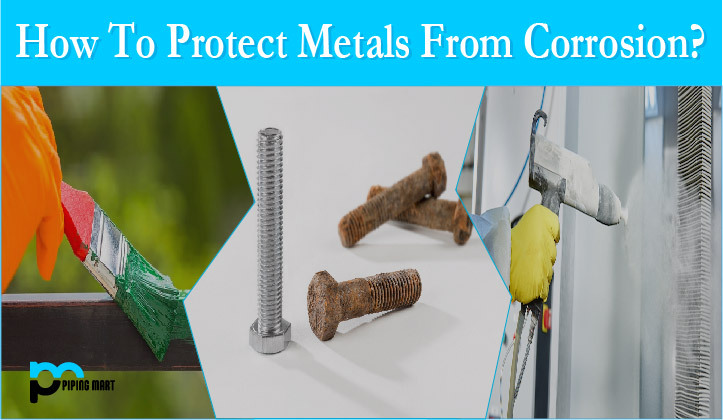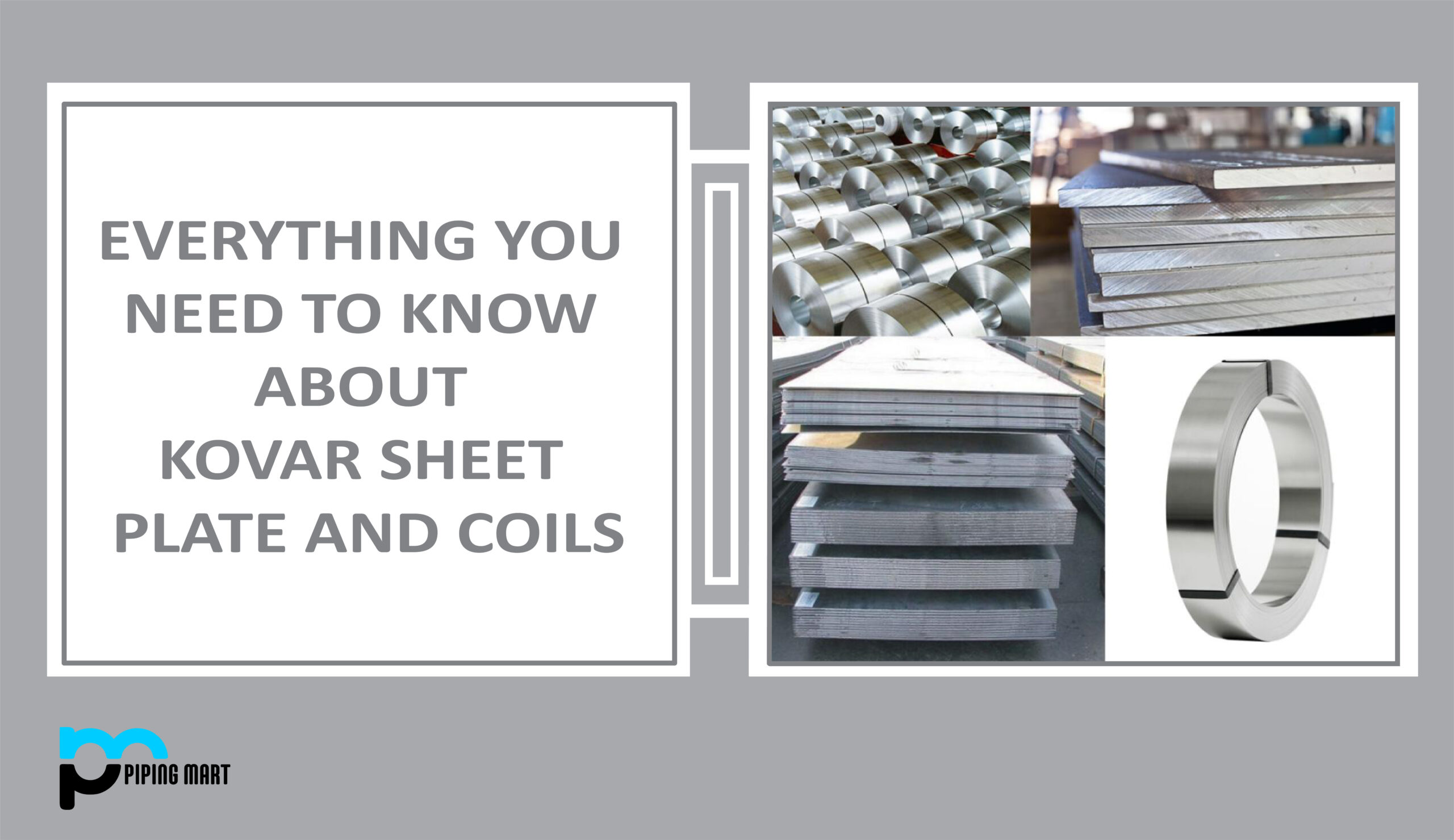What is corrosion?
Corrosion occurs when a refined metal naturally gets converted to its more stable form such as hydroxide, oxide, or sulfide state and leads to deterioration of the metal/material.
Corrosion gradually leads to the destruction of the metal by electrochemical or chemical reactions with the environment.
Types of corrosion:
- Pitting corrosion: – Pitting corrosion is considered one of the most dangerous and destructive corrosion, it is very difficult to characterize, detect or predict. Pitting corrosion results in a cavity or hole that pierces the metal or material in a vertical direction. The main causes of pitting corrosion are damage in protective coating or oxide layer also due to chlorine as well as chloride salts. Metals like stainless steel, associated alloys, copper, aluminum, cobalt, mercury, passive iron, and chromium are highly resistant to pitting corrosion.
- Uniform corrosion: – Uniform corrosion is one of the most common corrosion, it attacks the whole surface. Uniform corrosion is a result of the continual shifting of cathode and anode regions of the surface of the metal. Some of the examples of uniform corrosion are high-temperature oxidation, fogging of nickel, tarnishing of silver, rusting, etc.
- Galvanic corrosion: – Galvanic corrosion takes place when two electrochemically different metals are connected in an electrolytic environment. In galvanic corrosion, the cathode is protected and the anode gets corroded. Due to galvanic corrosion dissolving anode starts losing its thickness. Even strong resistant like stainless steel, zinc aluminum, etc. are subject to suffer galvanic corrosion attacks in suitably aggressive conditions.
- Stress corrosion cracking (SCC): – Because of the combined influence of corrosive environment and tensile stress, is the main reason behind stress corrosion cracking (SSC). Stress corrosion cracking normally occurs between the fatigue threshold and dry cracking of the material. this leads to the failure of metals that are ductile. Stress corrosion cracking (SCC) is seen more in alloys compared to pure metals. This corrosion depends on the chemical environment as well as rapid changes in temperatures. In some cases, it is caused due to residual stress while manufacturing, for example grinding, machining, welding, cold forming, etc.
- Intergranular corrosion: – Presence of impurities at the grain boundaries that takes place while solidification of an alloy, results in intergranular corrosion. This corrosion affects the mechanical properties of the material. Normally intergranular corrosion (IGC) occurs in engineering alloys as well as in pure metals. Knifeline attack is considered as a highly localized form of intergranular corrosion (IGC) normally seen in niobium and titanium doped austenitic stainless steel. The main reason behind intergranular corrosion (IGC) is considered as chromium carbide in grain boundaries.
- Crevice corrosion: – The main cause of crevice corrosion is variation in the ion concentration between two areas of the same metal/material, especially where oxygen gets restricted. Commonly crevice corrosion takes place in shielded areas like under washers, gaskets, bolt heads, etc. crevice corrosion normally occurs in the areas that are partially visible or not easily visible. Biofouling deposits such as iron hydroxide can also be the cause of crevice corrosion.
How to protect metals from corrosion?
There are five common methods of corrosion prevention:
- EonCoat: – This coating forms an alloy layer off magnesium iron sulfate with the steel. It is considered a self-healing alloy. This technique has wide application in pipelines, offshore platforms, etc.
- Cathodic protection: – Cathodic protection method is applied by connecting metal to a sacrificial metal that is a more easily corroded metal that acts as the anode. Sacrificial metal gets corroded and protects the metal. This method is normally applicable in metal reinforcement bars in concrete buildings, offshore wind farms foundations, onshore oil well casing, offshore oil platforms, boat and ship hulls, steel pier piles, home water heaters, storage tanks, steel fuel or water pipeline, etc.
- Alloyed steel (stainless steel): – In order to increase toughness, wear resistance, hardness, and strength, alloying elements like boron, chromium, nickel, silicon, vanadium, manganese, and molybdenum are added to steel. This alloy is widely known as stainless steel. And has great resistance against various corrosive environments. This alloy provides good wear resistance, improved toughness, good ductility, stability in high and low temperature depending upon the grade of steel, good mechanical, higher strength, grain size control, etc.
- Hot-dip galvanization: – In process of hot-dip galvanization iron or steel is coated with a layer of zinc by submerging the metal in a molten zinc bath at a temperature of 450 °C that is 842 °F. process of hot-dip galvanization three levels protection against corrosion in form of barrier protection, zinc Platina and Cathodic protection. Galvanization results in the benefits like rust resistance, longer durability, economical initial cost, etc.
- Barrier coatings: – Barrier coating protects the metal from oxygen, water, and other chemicals. It acts as a protective layer on the metal. There are various types of barrier coating such as thermal barrier, coating material, bond coat, permeation, corrosion, turbine, gas turbine, biodiesel, etc. in order to create varieties of barriers or layers on the metal according to its nature.

Pipingmart is B2B portal specializes in industrial, metal and piping products. Also, share latest information and news related to products, materials and different types grades to help business dealing in this industry.




